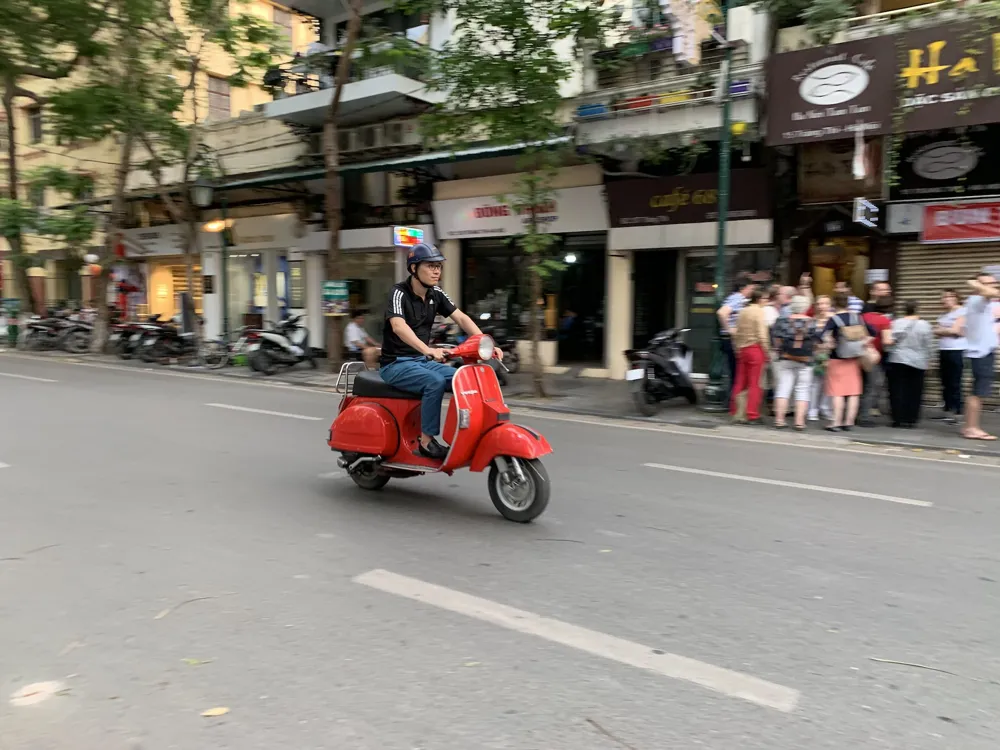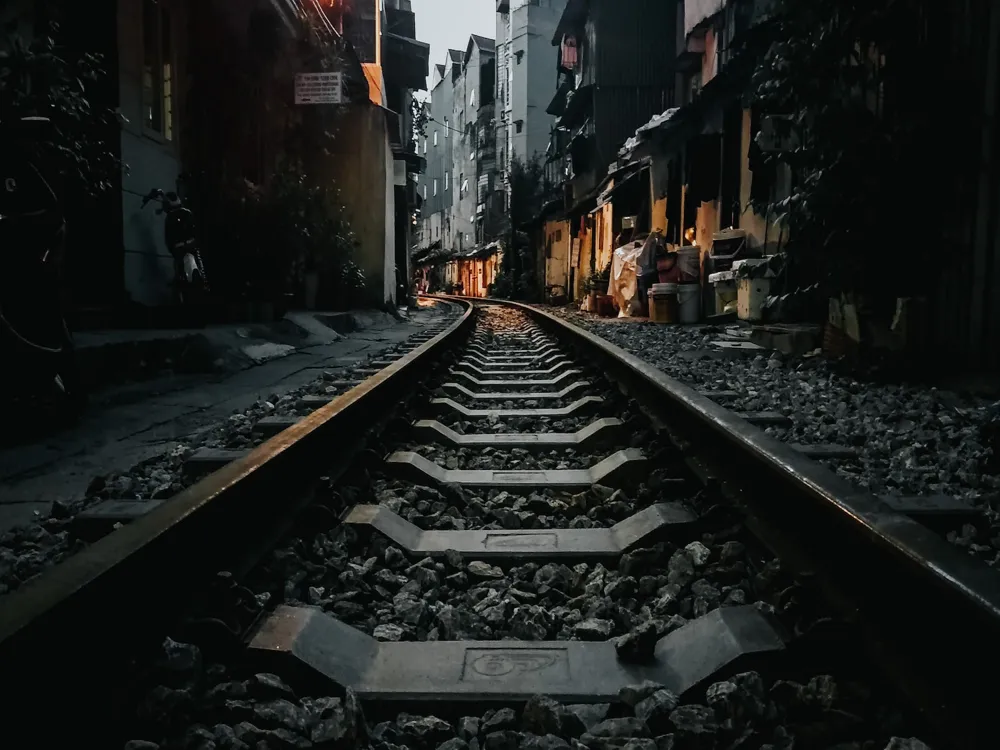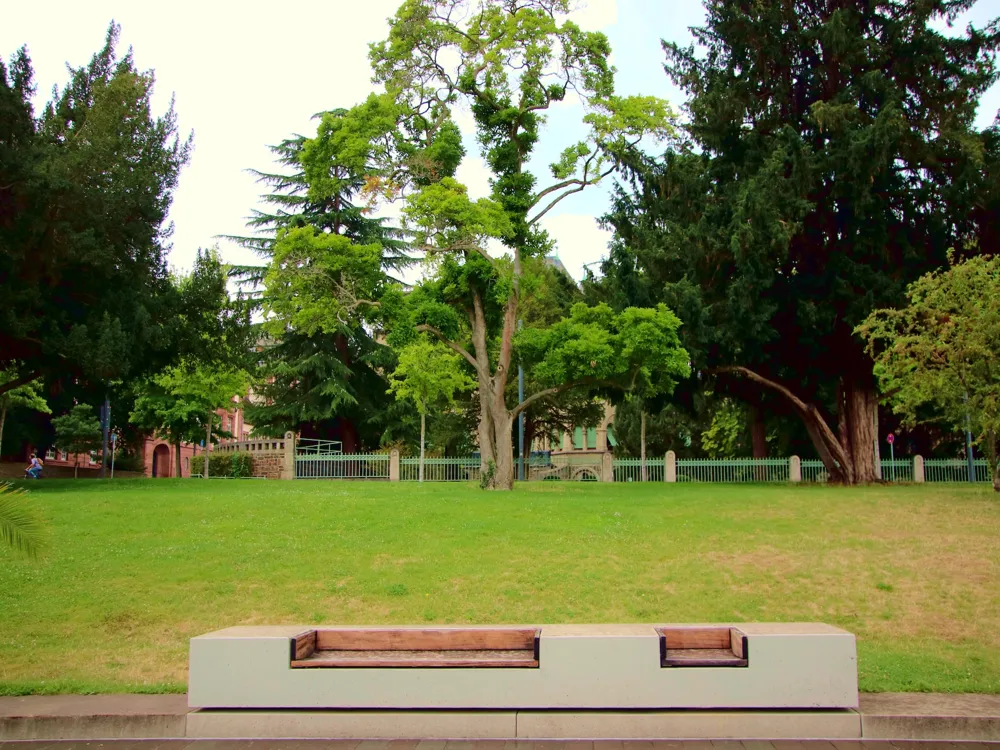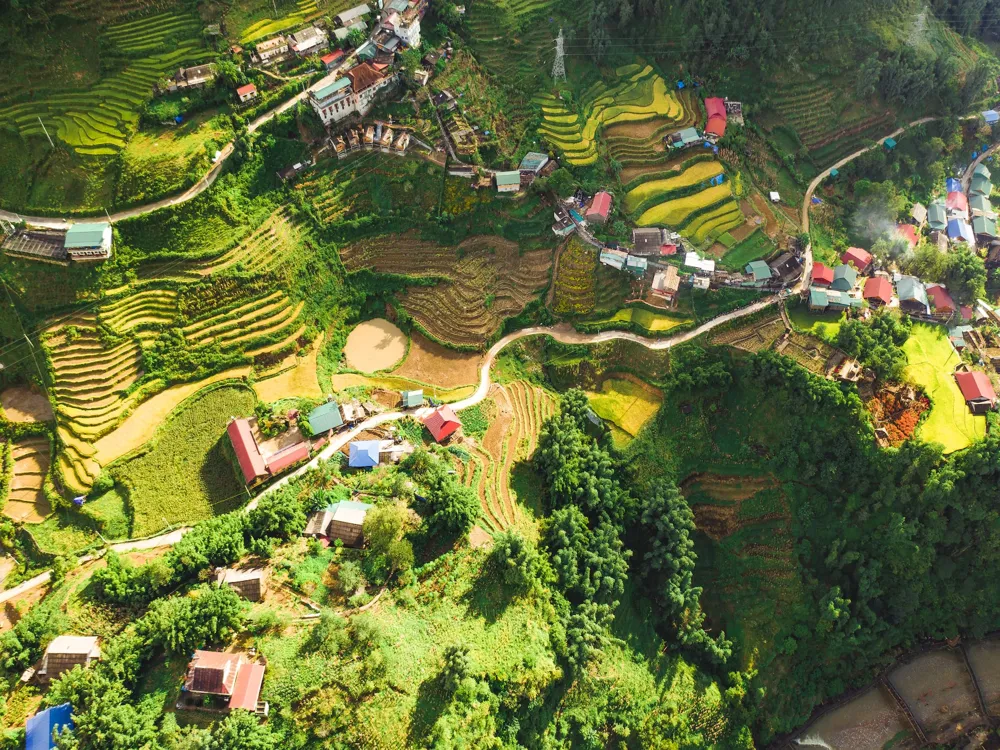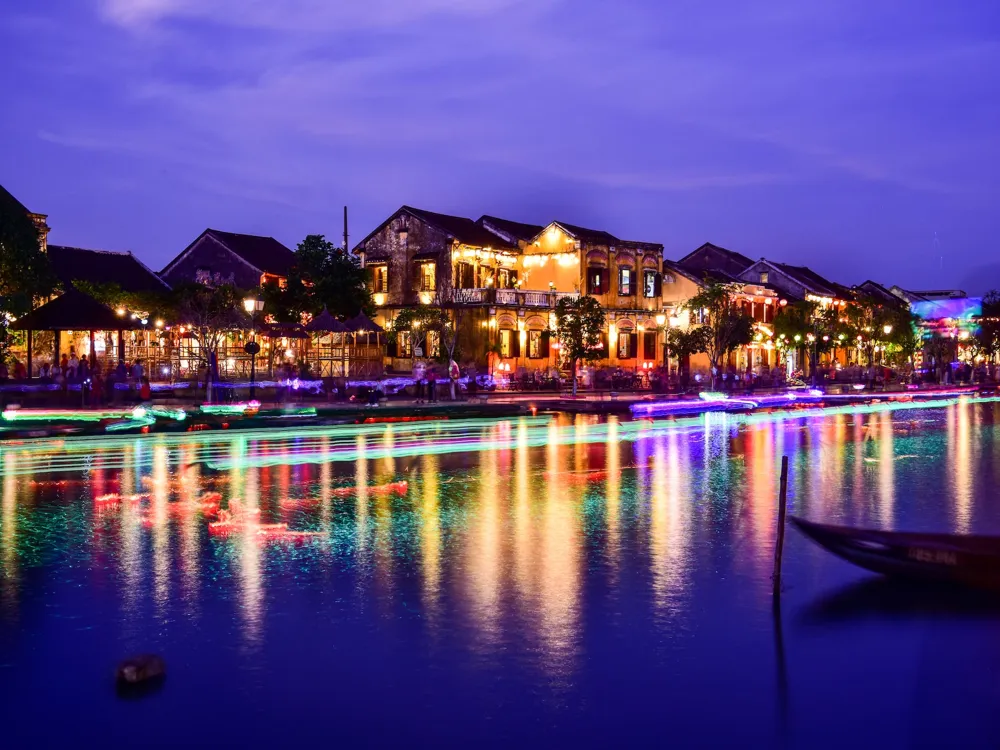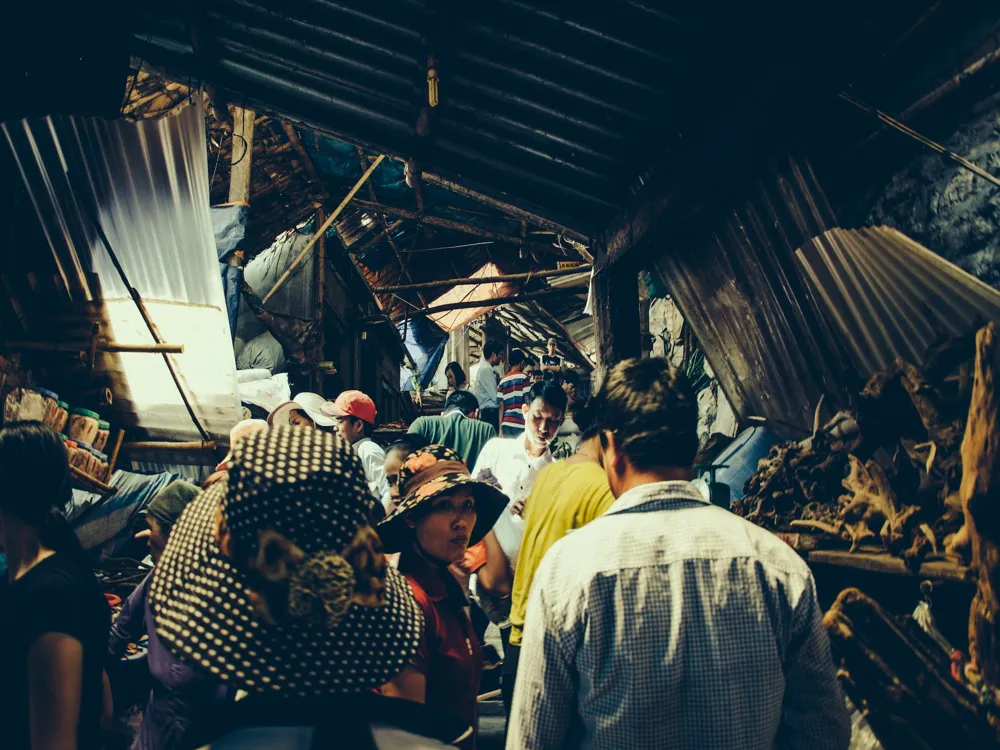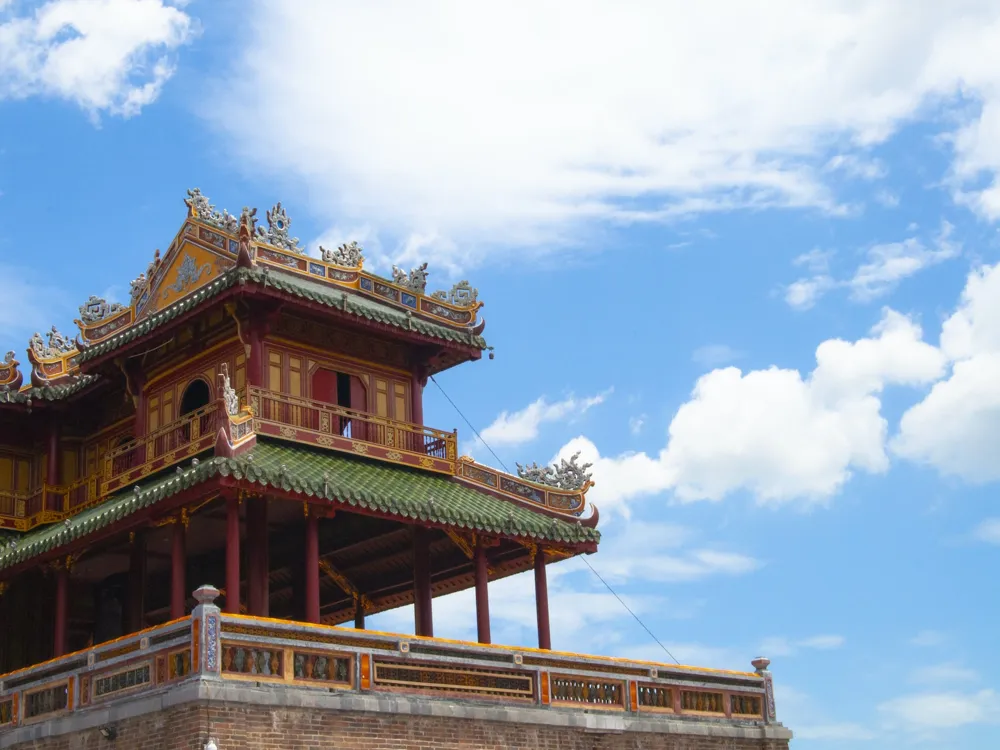Hanoi, the capital city of Vietnam, is a fascinating blend of East and West, combining traditional Vietnamese motifs with French flair. It is a city where the serene rhythm of nature coexists with the rapid pace of a modern metropolis. Nestled on the banks of the Red River, Hanoi is known for its centuries-old architecture, vibrant culture, and rich history. From ancient temples to bustling street markets, the city is a tapestry of cultural and historical dimensions.
The city's history dates back over a thousand years, with its establishment as the capital of Vietnam in 1010. Throughout the centuries, Hanoi has witnessed numerous changes, wars, and colonial influences, particularly by the French. This has resulted in a unique architectural and cultural landscape. The Old Quarter, the heart of Hanoi, offers a window into the city's past and its dynamic present. The narrow streets, lined with a mix of old Vietnamese houses and French colonial buildings, buzz with life, offering everything from traditional crafts to local cuisine.
Hanoi is not just about historical relics, though. It's a city that thrives in the present. With a growing economy, it's also a hub for arts, education, and entertainment in Vietnam. The cityscape is dotted with lakes, parks, and green spaces, offering a respite from the urban rush. In Hanoi, the old and the new coexist in harmony, creating a unique atmosphere that captivates visitors from around the world.
This overview aims to give you a glimpse into the soul of Hanoi – a city that is not just a place, but an experience. Whether you're exploring its historical landmarks, enjoying its exquisite cuisine, or simply wandering its charming streets, Hanoi promises an adventure that combines the tranquility of the past with the vibrancy of the future.
Hanoi's architecture is a vivid tapestry that narrates the story of the city's historical and cultural journey. The city's landscape is a harmonious blend of indigenous architectural styles with foreign influences, primarily French colonial. The architecture of Hanoi is not just about the aesthetics of its buildings; it's a reflection of the city's resilience and adaptability through various epochs.
The heart of Hanoi's architectural heritage lies in its Old Quarter, where history meets modernity. This area is characterized by narrow streets and traditional tube houses, some of which are over a century old. These houses, with their elongated structures, are a testament to the adaptation of the city's urban planning to historical constraints. Today, these buildings serve as shops, cafés, and residences, pulsating with the energy of daily life.
Contrastingly, the French Quarter of Hanoi showcases the elegance of European architecture. During the French colonial period, the city underwent significant transformations. Wide boulevards were lined with grandiose villas and public buildings in the Beaux-Arts style. The Hanoi Opera House and the St. Joseph's Cathedral are prime examples of this era, exuding a charm reminiscent of Parisian architecture.
Modern architectural developments in Hanoi are equally fascinating. The city has embraced contemporary designs while preserving its cultural identity. New urban areas feature innovative and sustainable architecture, reflecting Hanoi's ambition as a forward-looking capital. These modern structures coexist with historical buildings, creating a diverse architectural landscape.
The architecture of Hanoi is more than just structures; it's a living history book. Each building, street, and neighborhood tells a story of the city's past, present, and future. Exploring Hanoi's architecture is like walking through time, witnessing the evolution of a city that has stood resiliently through centuries of change.
Hanoi experiences four distinct seasons. The ideal time to visit is during spring (February to April) or autumn (October to December) when the weather is pleasant and conducive for exploring the city.
Hanoi offers various transportation options including buses, taxis, and the recently introduced metro system. For an authentic experience, try the cyclo, a traditional three-wheeled bicycle taxi.
Respect local customs and traditions. Dress modestly when visiting temples and always ask for permission before taking photos of people.
Hanoi is famous for its street food. Enjoy the local cuisine but be cautious about hygiene. It's advisable to eat at busy stalls where food turnover is high.
While Vietnamese is the local language, English is widely spoken in tourist areas. Learning a few basic Vietnamese phrases can enhance your experience.
Hanoi is accessible via the Noi Bai International Airport, which connects the city to major destinations around the world. The airport is about 30 kilometers from the city center. Visitors can take taxis, buses, or private car services to reach the city. For those traveling within Vietnam, Hanoi is well-connected by rail and road to other major cities.
Overview of Hanoi
Architecture of Hanoi
Tips When Visiting Hanoi
Best Time to Visit
Local Transportation
Cultural Etiquette
Food and Safety
Language
How To Reach Hanoi
Museum of Vietnamese Revolution
Hanoi
₹ 15,260 onwards
View hanoi Packages
Weather :
Tags : Museum
Time Required : 1 - 2 hours
Planning a Trip? Ask Your Question
Hanoi Travel Packages
View All Packages For Hanoi
Top Hotel Collections for Hanoi

Private Pool

Luxury Hotels

5-Star Hotels

Pet Friendly
Top Hotels Near Hanoi
Other Top Ranking Places In Hanoi
View All Places To Visit In hanoi
View hanoi Packages
Weather :
Tags : Museum
Time Required : 1 - 2 hours
Planning a Trip? Ask Your Question
Hanoi Travel Packages
View All Packages For Hanoi
Top Hotel Collections for Hanoi

Private Pool

Luxury Hotels

5-Star Hotels

Pet Friendly







